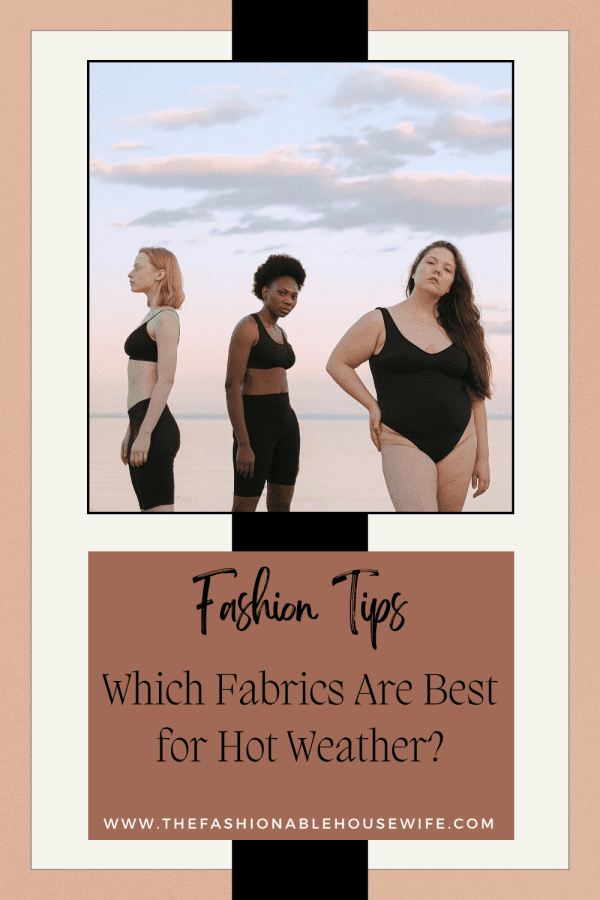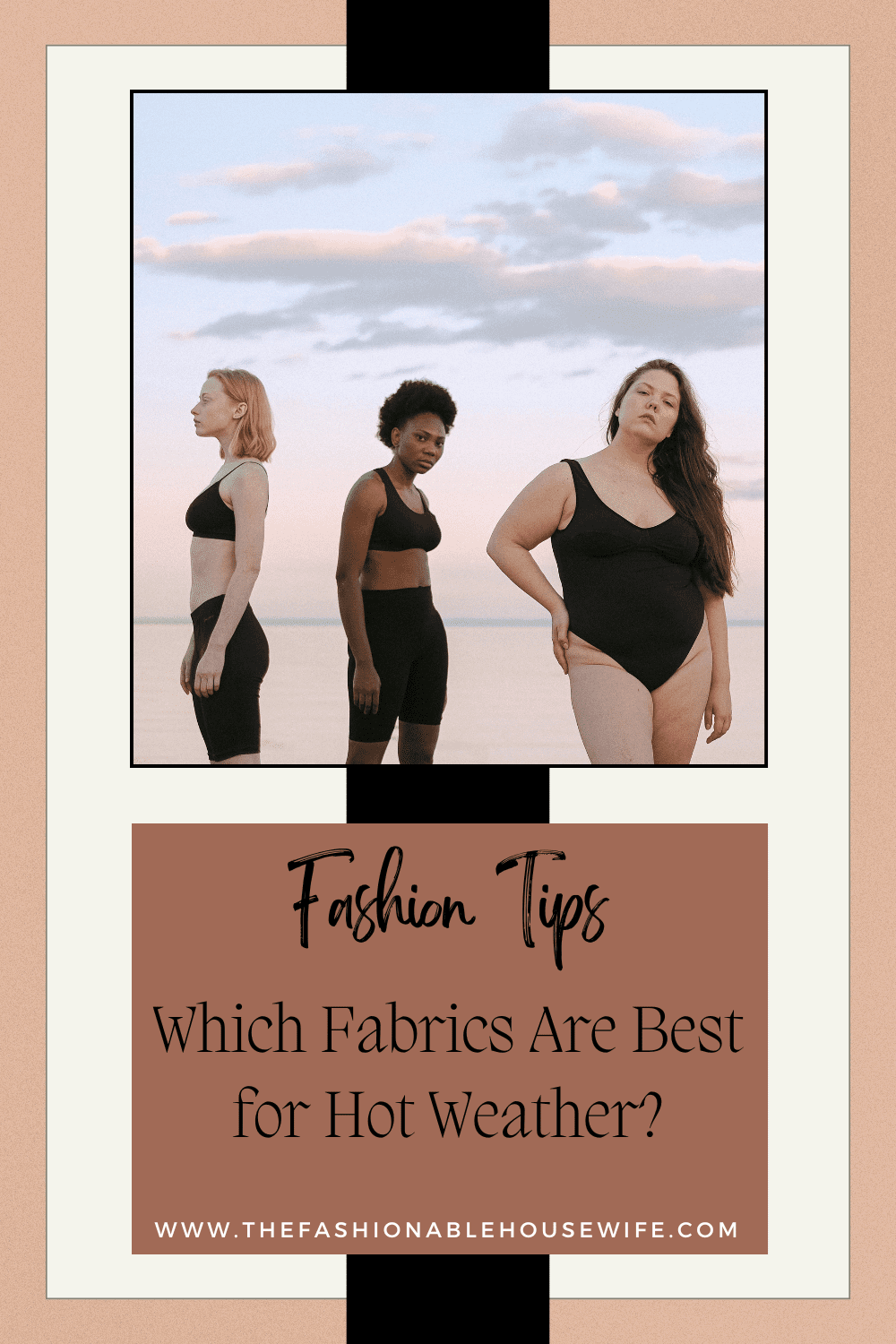Which Fabrics Are Best for Hot Weather?

Hot weather poses unique clothing challenges. As the weather gets hotter, it’s important to stay cool and comfortable. Style is crucial in summer fashion, but you should never give up on utility. The cloth used during hot days can make all the difference in how the body regulates heat, absorbs sweat, and maintains breathability. Choosing the right textiles can make a big difference in comfort and help you keep your style during the warmer months.
Rayon
Rayon is a semi-synthetic fabric made from natural cellulose fibers. It is recognized for being light and breathable. It can look and feel like other natural materials like cotton, linen, or silk, giving you the best of both worlds: style and comfort. Rayon is great for making clothes that are flowy and airy, which helps keep the body cool. Rayon doesn’t stick to the skin as tightly as some heavier materials, which lets you move around more freely and lets air flow through. It soaks up moisture well and dries rapidly, so it’s a good choice for people who are active during the day. It may need to be washed gently. This fabric is great for people who wish to appear well without getting too hot.
Poplin
Poplin is a plain-weave fabric that is tightly woven and usually has cotton or a cotton blend in it. Even though it has a tighter weave, poplin is nevertheless light, silky, and breathable, which makes it good for warm weather. It has a crisp feel and a professional style, making it a good choice for the office or formal gatherings in the summer. Poplin lets air flow freely and helps keep the body temperature stable. Its durability means it will last a long time. This fabric doesn’t wrinkle as much as some other natural textiles, which helps clothes look nice all day. Poplin is a good choice for people who want to look sophisticated without giving up comfort.
Swimwear Fabrics
Swimwear textiles need to have certain qualities to stay comfortable and useful in both water and heat. Materials like nylon and spandex are preferred due to their quick-drying characteristics, flexibility, and resilience to wear. These fabrics fit snugly without restricting movement, which is important for swimming and sunbathing. They also offer UV protection and durability, making them practical for longer outdoor use. When shopping for swimsuits, seek out fabrics that are sturdy enough to keep their shape while also being comfortable. You can easily get bathing suits for women over 50 from a reputable store, which will provide you with a variety of flattering and well-made options that will fit all body shapes and tastes. Finding the perfect bathing suit for your body is such a confidence booster! Even on the hottest days at the beach, the right fabric and style will keep you looking and feeling fantastic.
Polyester
Polyester has become a high-performance fabric that works well in hot conditions, especially when it has moisture-wicking technology built in. Modern polyester blends are made to let sweat escape quickly, which keeps the body dry and cool, even though they are made of synthetic materials. Because of this, polyester is great for clothes for sports, active people, and the outdoors. It is both useful and pretty because it is light, doesn’t wrinkle, and holds color nicely. To make polyester materials more comfortable while still working well, they are sometimes mixed with natural fibers. Polyester isn’t as soft and natural as cotton or linen, but it’s a good choice for those who are active in warm weather because it’s durable and can be used for many things.
Tencel
Tencel, or Lyocell, is a fabric manufactured from wood pulp that is both comfortable and good for the environment. It has a delicate, smooth texture that feels good on the skin and lets air through very well. Tencel swiftly wicks away moisture and stops odors from building up, so it’s good for hot weather. The fibers are made to keep the body cool and dry by controlling the temperature. Tencel is a great fabric for flowing dresses, blouses, and summer separates since it is sturdy and light. Its durability is boosted by its resistance to fading and shrinking, and its eco-friendly production technique appeals to people who care about the environment.
Conclusion
Choosing the proper fabric for hot weather might affect the way one experiences summer. Cotton, linen, bamboo, rayon, and chambray are all lightweight, breathable, and moisture-wicking fabrics that keep the body cool and dry, even when it’s very hot. Modal, Tencel, and seersucker are some of the fabrics that provide comfort and flair without taking away from their usefulness. Whether clothing is for ordinary tasks, outdoor activities, or sophisticated gatherings, selecting textiles that increase air circulation and drain away perspiration is vital.

